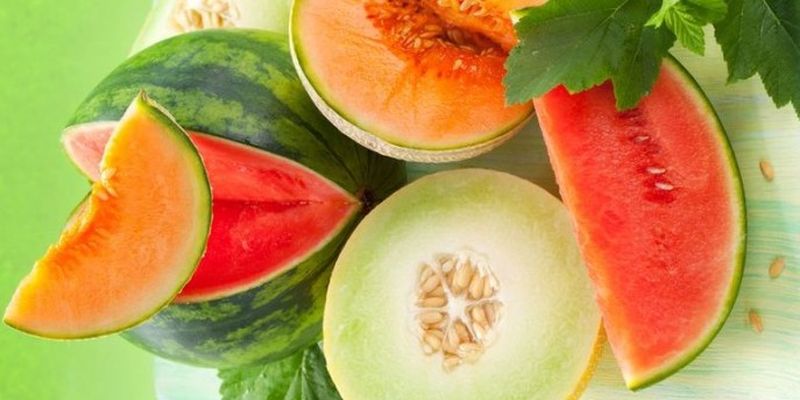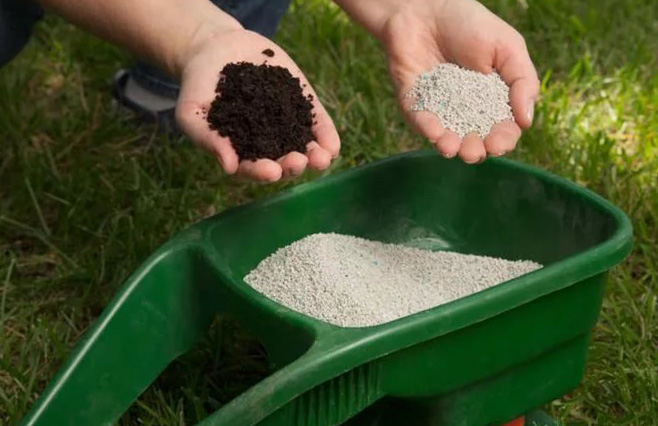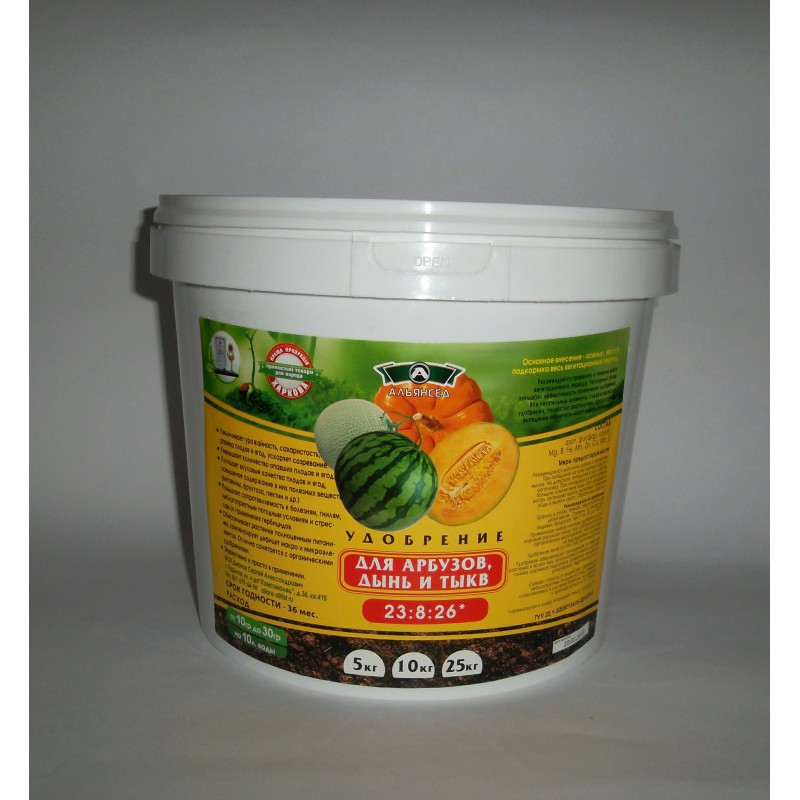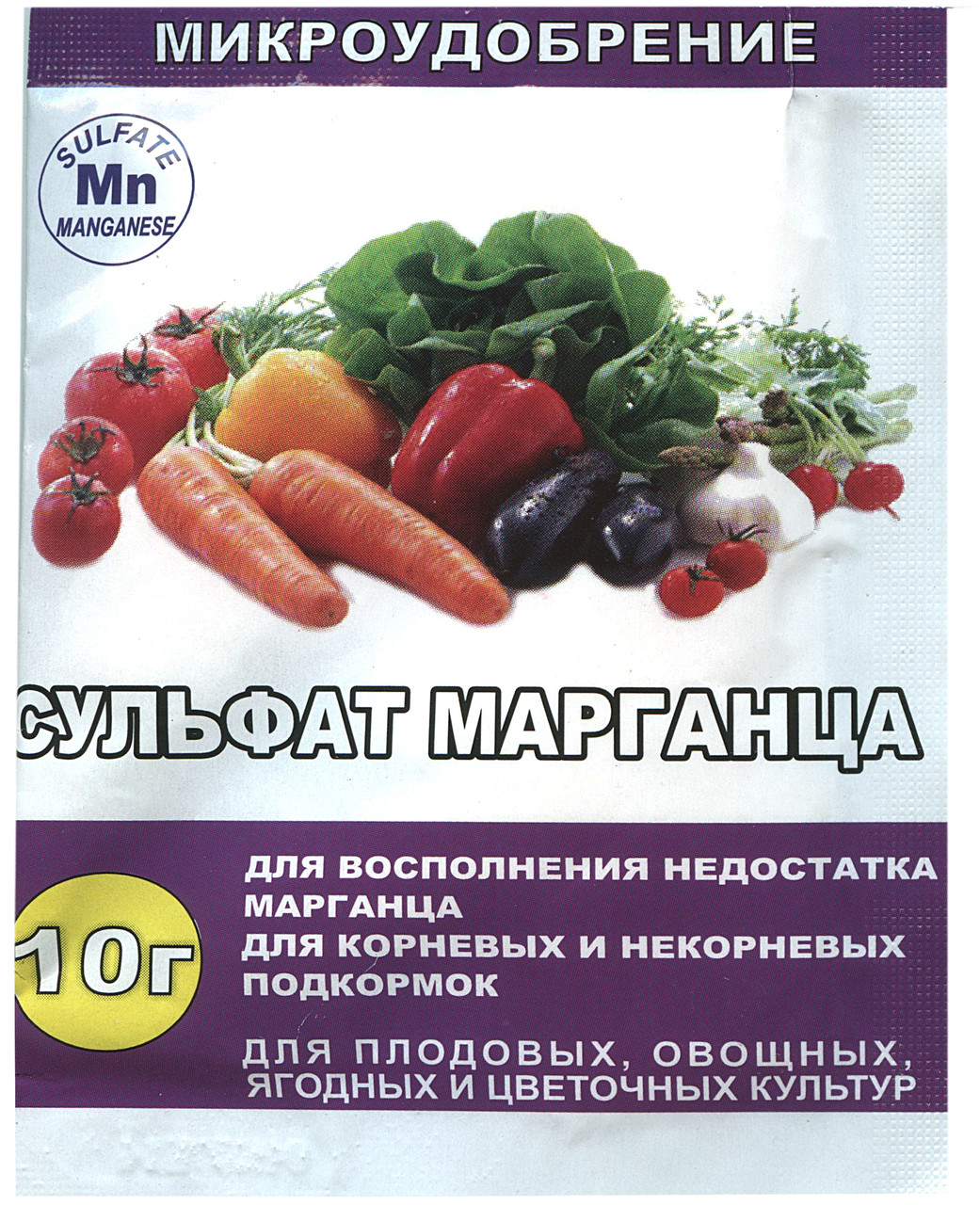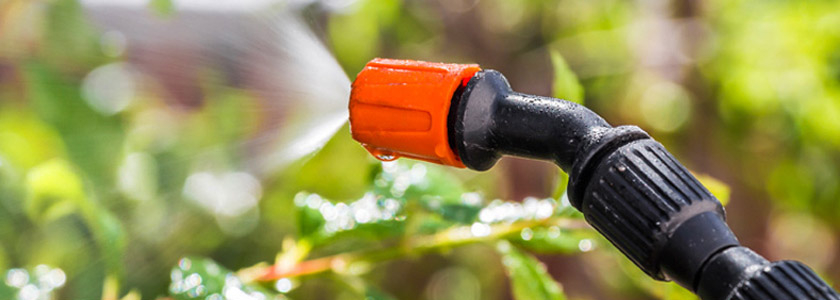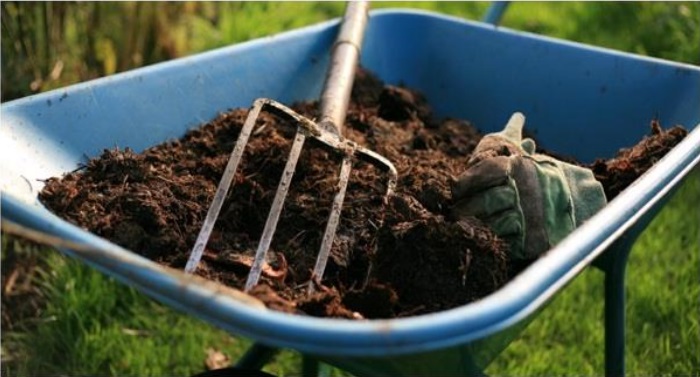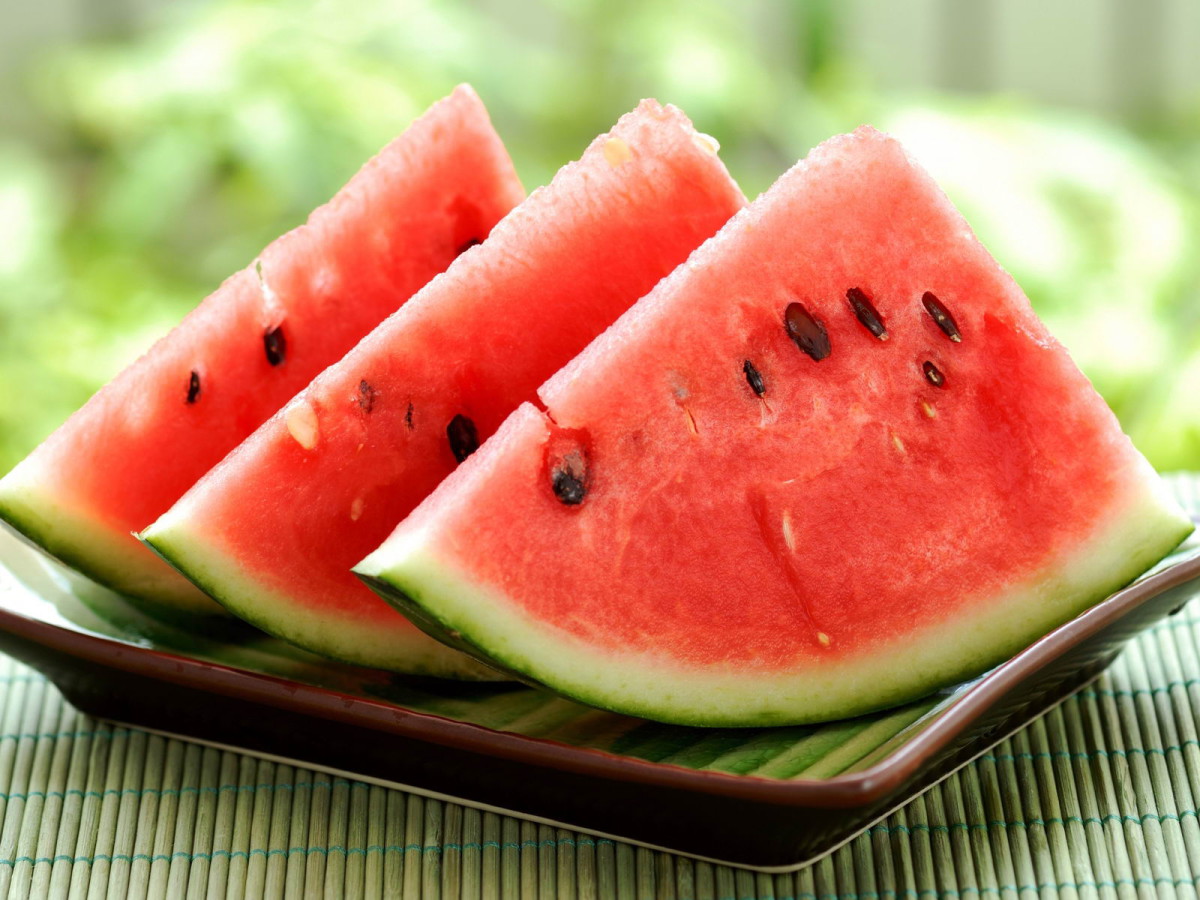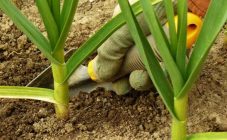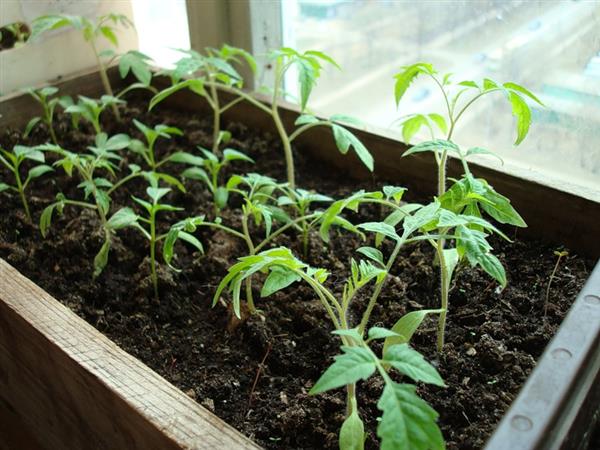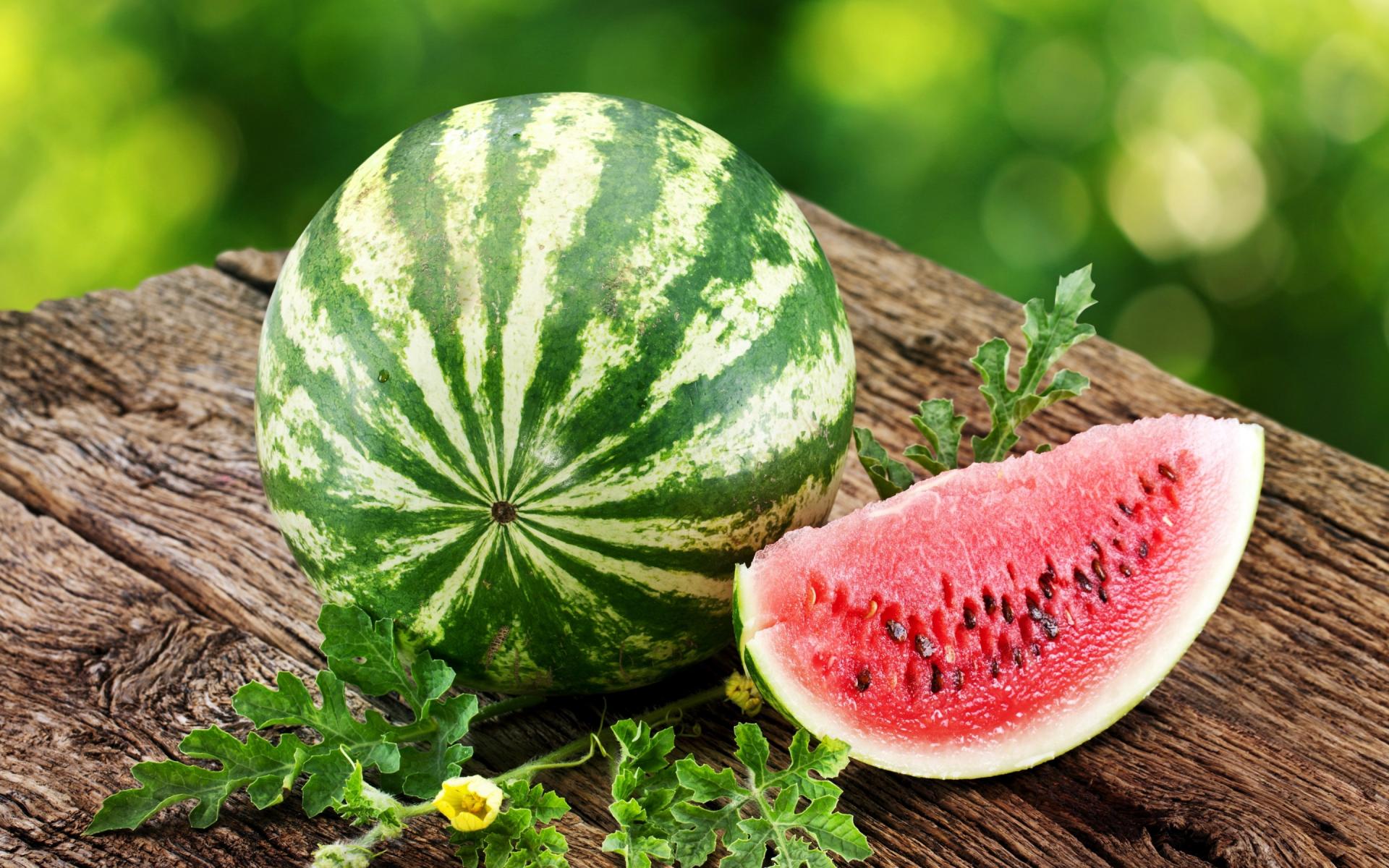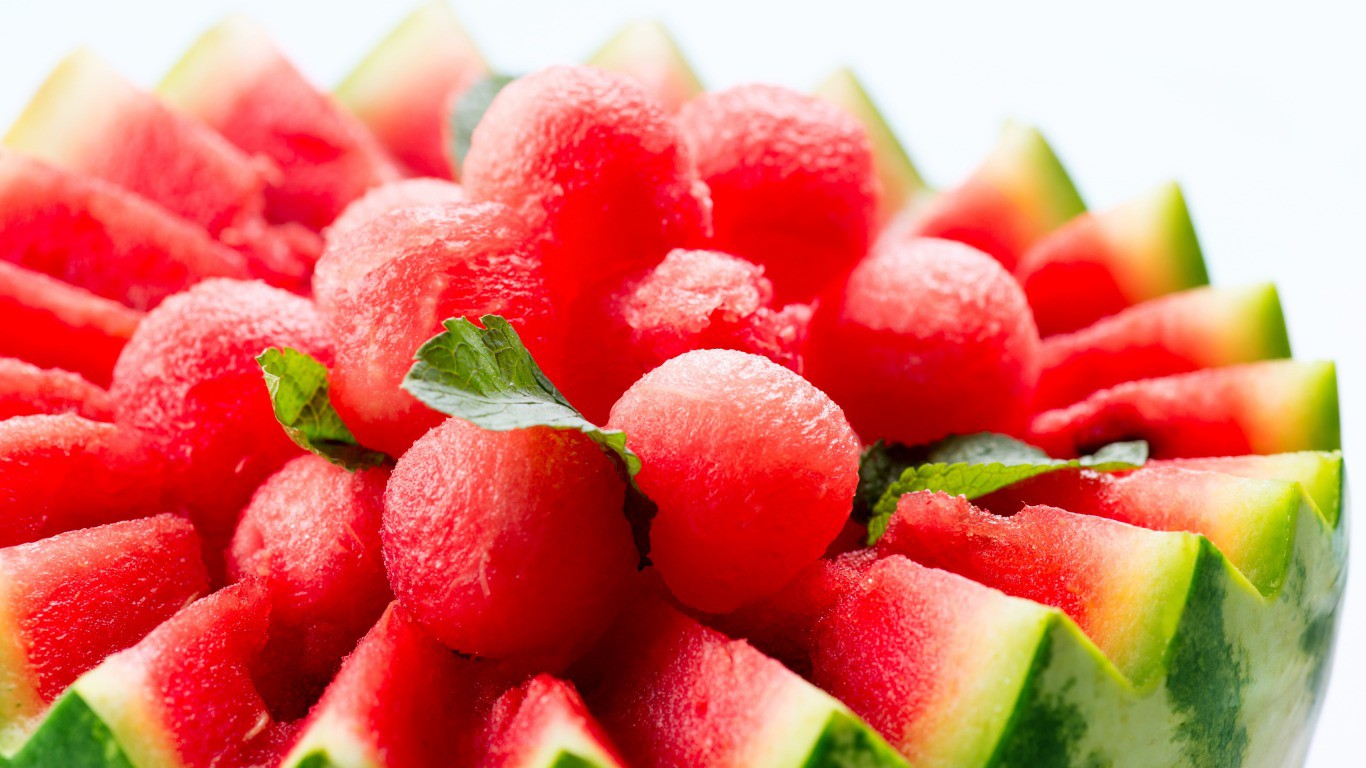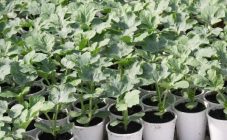Content:
To grow a good harvest of melons and gourds on a personal plot, you need to make a lot of effort. In addition to heat and moisture, which are so necessary for these plants, special attention should be paid to fertilizing, since it is on them that the quality and quantity of fruits obtained depend. How and how to feed watermelons and melons so that they grow faster, you should find out in advance so that the effort is not wasted.
Methods for feeding watermelons and melons in the open field
For the successful cultivation of melons and gourds, favorable climatic conditions are required, which are characteristic of the southern regions of the country. Therefore, in the conditions of the Moscow region and in the Urals, it will be necessary to prepare a greenhouse or a greenhouse, which will help protect plants from a sudden drop in temperature. But in addition to this, it is also important to provide plants with appropriate nutrition, which will allow them to fully grow and form fruits.
Top dressing of watermelons and melons in greenhouses, as well as in the open field, can be both root, that is, using watering under the root, and foliar - by spraying the foliage.
Root feeding is the main one, since at the initial and further stages of development, plants need a direct supply of nutrients to form a strong root system. Foliar feeding is additional and is used as an ambulance in critical situations, when seedlings need a quick supply of one or another element.
Feeding watermelons in the open field, as well as melons, includes the following main stages:
- the first is carried out in the phase of formation of 2-3 true sheets;
- the second - 10 days after landing in a permanent place;
- the third - during the formation of the first buds;
- the fourth - during flowering and fruiting.
In addition to these stages, additional foliar dressings are carried out, which make it possible to replenish the missing set of trace elements.
What fertilizers to use
In order to achieve a good harvest of melons and gourds on a personal plot, you need to familiarize yourself with how to feed watermelons and melons at different periods of their development.
Fertilizers for watermelons and melons fall into three categories:
- mineral;
- organic;
- folk remedies.
What exactly to feed the seedlings of watermelons and melons from the listed species, each gardener decides for himself, based on his preferences and views.
Mineral fertilizers are nutrients in the form of similar salts. You can buy them in special stores. Depending on their composition, they are divided into simple (from one component) and complex (from several components).
The most effective types of mineral dressings.
- Superphosphate.This type of fertilizer provides plants with the necessary amount of phosphorus, as well as other useful components responsible for metabolism and the formation of a full-fledged root system.
- Ammonium nitrate. It is a nitrogen fertilizer that ensures the full growth of the entire aboveground part of the crop. This component is especially important during the growing season of plants.
- Potassium sulfide. This type of fertilizer provides crops with potassium, which helps to form a full-fledged root system, increase immunity and has a beneficial effect on the formation of the ovary. The lack of this component negatively affects the quality and quantity of fruits.
In addition to basic fertilizers, additional types are also used, such as ammonium sulfate, calcium nitrate, zinc sulfate, copper sulfate, boric acid, manganese sulfate and nitrophoska.
Professional farmers recommend feeding the seedlings of watermelons and melons with mineral fertilizers in the following proportion per 10 liters of water: 20 g of ammonium nitrate, 15 g of potassium sulfide and 40 g of superphosphate.
In the future, as the plants grow, the proportion of nitrogen fertilizers should be reduced, and the amount of potassium should be increased, therefore, this ratio should be adhered to per bucket of water: ammonium nitrate - 10 g, superphosphate - 30-40 g and potassium sulfide - 25-30 g.
Unscheduled feeding
Sometimes the plant itself reacts to the lack of a certain element in the soil, which is expressed by certain symptoms. Therefore, you should know what to do in this case, as well as how to feed melons and watermelons in order to eliminate the deficit.
- Lack of nitrogen. In this case, shoot growth slows down, the foliage acquires a light shade, and the leaves turn yellow at the base. The problem can be eliminated by extraordinary feeding: 30 g of ammonium nitrate per 10 liters of water.
- Lack of phosphorus. This deficiency is manifested by a bluish bloom on the underside of the foliage. You can cope with this in the following way: pour 1 liter of boiled water with 30 g of superphosphate. After 10 hours, add 9 liters of water to the mixture and water or spray the plants.
- Potassium deficiency. The lack of this element is characterized by the brown color of the leaf edges. You can get rid of the symptom by fertilizing the plants at the rate of 15 g of potassium sulfide per bucket of water.
- Chlorosis, or lack of iron. The deficiency of this microelement is characterized by a light shade of the leaves, on which light streaks are noticeable. You can remove this deficiency using iron chelate at the rate of 5 g per 5 liters of water.
- Lack of calcium. A clear sign of a deficiency of this component is the folding of young leaves on the plant, as well as the absence of female-type flowers and ovary. The problem can be eliminated using a working solution for feeding: calcium nitrate 30 g per bucket of water.
- Boron deficiency. The main symptoms: deformation of young shoots, yellow border on the leaves, death of the ovary and an increase in the number of barren flowers, longitudinal yellow stripes on the fruits. The deficiency can be eliminated using boric acid according to the following principle: dissolve 10 g of the component in 1 liter of boiling water, and then add 9 liters of water.
- Lack of magnesium. It is expressed in the yellowing of old sheets, and the process begins near the main veins, and then spreads to the entire sheet plate. You can stop it with magnesium nitrate in a proportion of 25 g per bucket of water.
Is manure suitable as fertilizer
In addition to mineral fertilizers, it is advisable to use organic animal origin, that is, manure. But at the same time, it must necessarily be rotted, which guarantees the supply of nutrients in an accessible form for plants.
Organic fertilizers have a high nitrogen content, so they should be used to strengthen seedlings and at the beginning of the growing season after planting in the ground. This will help to significantly increase the immunity of melons and gourds and stimulates the full development of shoots.
Therefore, it is worth figuring out what exactly to fertilize watermelons and melons, and in what proportion to use manure as a top dressing.
Optimal use of organic fertilizers.
- Chicken droppings. To prepare a complete top dressing, you need to pour 1 part of manure with 20 liters of water. Infuse the mixture for 10 days. In the future, it is recommended to use a watering solution in the proportion of 0.5 l of the product per plant.
- Mullein. To obtain a nutrient solution, it is necessary to fill the rotted manure with water at a rate of 1:10. After 24 hours, feed with the resulting product.
But there is also the option of using fresh manure. In this case, it is necessary to use it in the autumn preparation of the beds for sowing watermelons and melons. To do this, you should evenly scatter fertilizer on the site at the rate of 10 kg per 1 sq. m. After that, dig up the bed to the depth of the shovel.
The procedure should be carried out no later than the second decade of September. With a good filling with manure on fertile soils, you can do without mineral fertilizers, but the number of fruits will be less, and their taste is higher.
Other folk remedies
An alternative to mineral fertilizers can be folk remedies. This feeding option is especially suitable for gardeners who are not ready to use chemicals in their area.
The following products can be used as complementary foods for watermelons and melons.
- Yeast. It is important to use the component in the first two stages of feeding, as it stimulates the active growth of shoots and the development of the root system. To do this, you need to dissolve 10 g of yeast in one bucket of water. After 24 hours of infusion, the solution should be used as directed, since it is not subject to long-term storage. You can use the product in the form of root and foliar feeding.
- Wood ash. This component is especially important during the period of flowering and the formation of the ovary, as it is able to compensate for the lack of phosphorus and potassium. Top dressing should be carried out on the basis of an ash extract. To prepare it, you will need 30 g of the component, pour 2 liters of boiled water, cover and leave for 1 day. Before use, clean the product from impurities and spray on the sheet.
- Iodine. The tool is not only an element of additional nutrition for watermelons and melons, but also a preventive drug against fungal pathogens. To prepare a working solution, it is necessary to dilute 3-4 drops of iodine in a bucket of water, and then spray the plants.
All the above recommendations will help vegetable growers figure out how to feed watermelons and melons after planting in the ground. But besides this, it is important to observe the timing of fertilization, otherwise expectations may not fundamentally coincide with reality.
